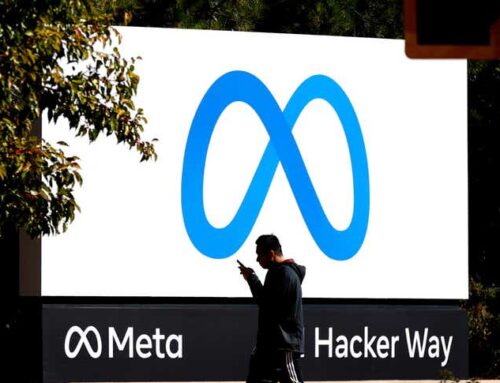Booz Allen Hamilton, Meta Send an LLM to the Stars — or the International Space Station, A
April 28, 2025
Defense firm Booz Allen Hamilton and Facebook parent Meta are taking large language models (LLMs) to new places — the International Space Station, to be specific, with a tailored model dubbed Space Llama.
“This proof of concept overcomes the historical limitations of low-power, low-capability space-based computing by enabling simple, power-efficient AI [Artificial Intelligence] use in space without relying on Earth network connectivity,” claims Booz Allen’s chief technology officer Bill Vass of the project. “We’re thrilled and honored to steward with Meta this space-based multi-modal vision language model to achieve critical mission success and redefine how we work in space and at the deepest mission edges.”
Meta’s Llama large language model is heading to the stars — and its first stop is the International Space Station. (📷: NASA)
“This is a critical step for lunar and Mars exploration and enables modern satellite and drone capabilities as the U.S. proliferates space and air with autonomous systems,” adds Michael Johnston, senior vice president of space programs at Booz Allen. “Building this tech stack with Meta, supported by NVIDIA, furthers each of our advanced technology goals, and more importantly, sets the stage for what is possible at the edge.”
Space Llama is based, as the name implies, on Meta’s existing Llama 3.2 large language model — trained, as ongoing lawsuits have demonstrated, on illegitimately acquired copyright materials in order to turn natural-language or image inputs into tokens and predict the most likely output tokens to form something in the shape of and often even usable as an answer to the input query — but fine-tuned for lower resource requirements. It’s designed to run on the Hewlett Packard Enterprise Spaceborne Computer-2, built using the company’s Edgeline and ProLiant servers and boasting 120TB of flash storage and unspecified models of NVIDIA graphics processors for accelerating highly-parallel workloads.
The LLM is to run on the second-generation version of HPE’s Spaceborne Computer, the successor to the 2017 original pictured. (📷: HPE/NASA)
The system will be used, the companies have said, to process and interpret imagery without having to beam it back to Earth for processing. It could also deliver predictive maintenance capabilities, monitoring the space station for anomalies before they become critical issues — though the “hallucination” problem, in which the response tokens provided by an LLM form an answer shape but filled with misleading or outright counterfactual claims, means that LLMs are not to be trusted for mission-critical operations.
“This is just the beginning,” promises Meta’s head of generative artificial intelligence (gen AI) Ahmad Al-Dahle. “We see a future where open source AI models like Llama will play a vital role in fueling space exploration and research – enabling astronauts to undertake the next level of experimentation to solve complex scientific problems and drive innovation in entirely new ways.”
Search
RECENT PRESS RELEASES
Related Post




